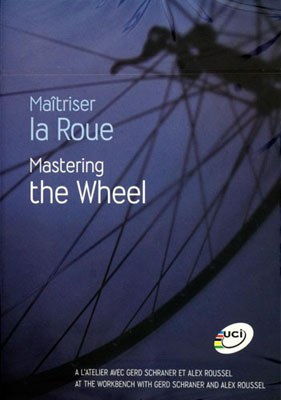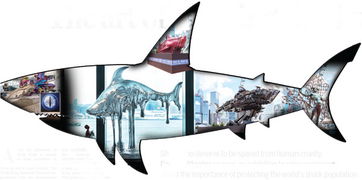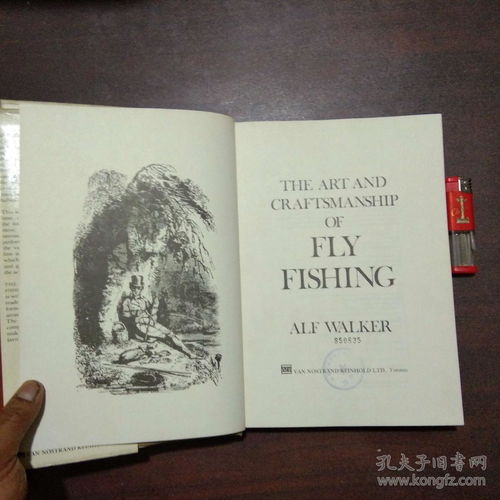Content:
Fishing is an ancient pastime that has been cherished by anglers for centuries. It is a hobby that requires patience, skill, and a deep understanding of the environment. One of the most crucial aspects of fishing is understanding the water depth. Measuring water depth accurately can make the difference between a successful fishing trip and a fruitless endeavor. In this article, we will discuss various techniques to help you master the art of measuring water depth when fishing.
Use a Depth Finder

The most common and reliable method to measure water depth is by using a depth finder. A depth finder is an electronic device that uses sonar technology to determine the distance from the boat to the bottom of the water. Most modern fishing boats come equipped with a depth finder, but if you don't have one, you can purchase a portable depth finder for a reasonable price.
To use a depth finder, simply turn it on and wait for it to acquire a signal. Once the device is calibrated, you will see the water depth displayed on the screen. Make sure to regularly check the depth as you move along the fishing spot, as water depth can vary significantly.
Drop a Weighted Line
Another method to measure water depth is by dropping a weighted line into the water. This method is simple and doesn't require any special equipment. All you need is a heavy weight, such as a sinker, and a piece of line.
Start by attaching the weight to the end of the line. Then, slowly lower the line into the water, keeping it straight and taut. As the line sinks, count the seconds it takes for the weight to reach the bottom. Once you have a good count, multiply the number of seconds by 10 to get the water depth in feet.
For example, if it takes 5 seconds for the weight to reach the bottom, the water depth is 50 feet (5 seconds x 10 = 50 feet).
Observe the Water's Surface
In some cases, you can estimate the water depth by observing the water's surface. This method is less accurate but can be helpful in a pinch. Look for clues such as waves, ripples, or bubbles. If the water is calm and there are no waves, the depth is likely to be less than 10 feet. However, if the water is choppy or there are a lot of bubbles, the depth may be greater than 10 feet.
Use a Fish Finder
A fish finder is another electronic device that can help you determine water depth. While primarily designed to locate fish, a fish finder can also give you an indication of the water depth. The device uses sonar waves to detect the presence of fish and other objects in the water, including the bottom.
To use a fish finder for measuring water depth, look for the bottom contour on the screen. The depth is typically displayed in feet or meters, depending on the device. Keep in mind that a fish finder is more accurate for detecting fish and may not provide a precise measurement of water depth.
Consult a Map or GPS
If you are fishing in a new area, consult a map or GPS device to determine the water depth. Many maps and GPS devices provide information about water depth, allowing you to plan your fishing trip accordingly. This method is particularly useful when fishing in a large lake or river where the water depth can vary significantly.
In conclusion, measuring water depth is an essential skill for any angler. By using a depth finder, dropping a weighted line, observing the water's surface, using a fish finder, or consulting a map or GPS, you can accurately determine the water depth and improve your chances of a successful fishing trip. Happy fishing!












